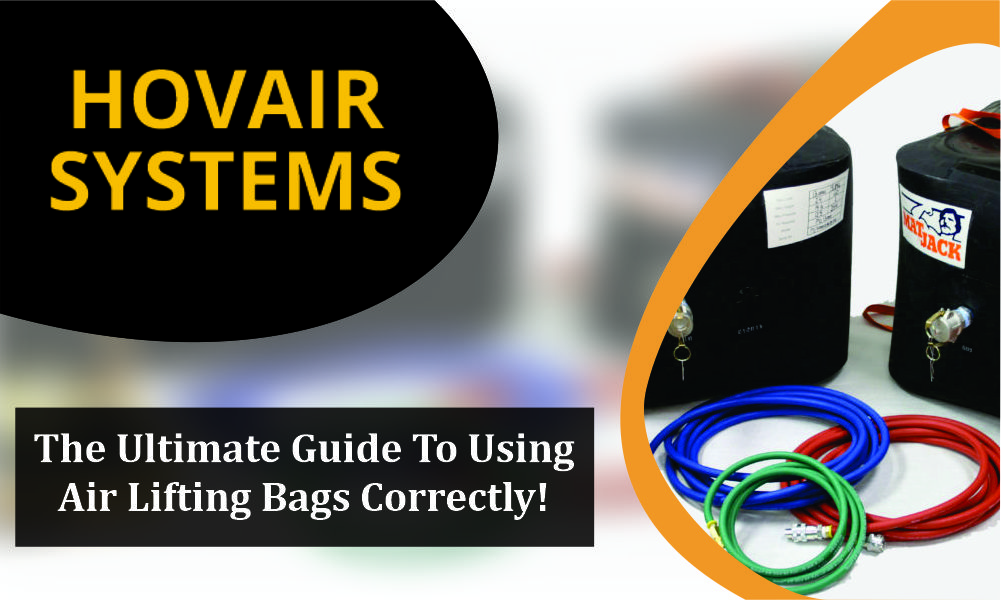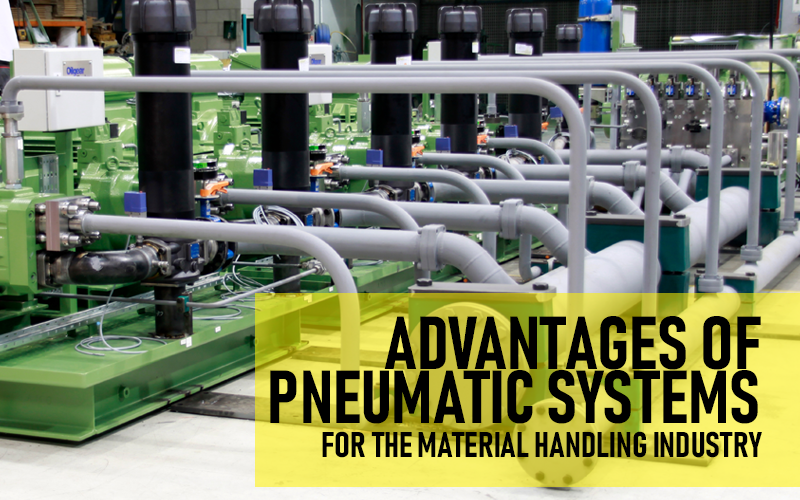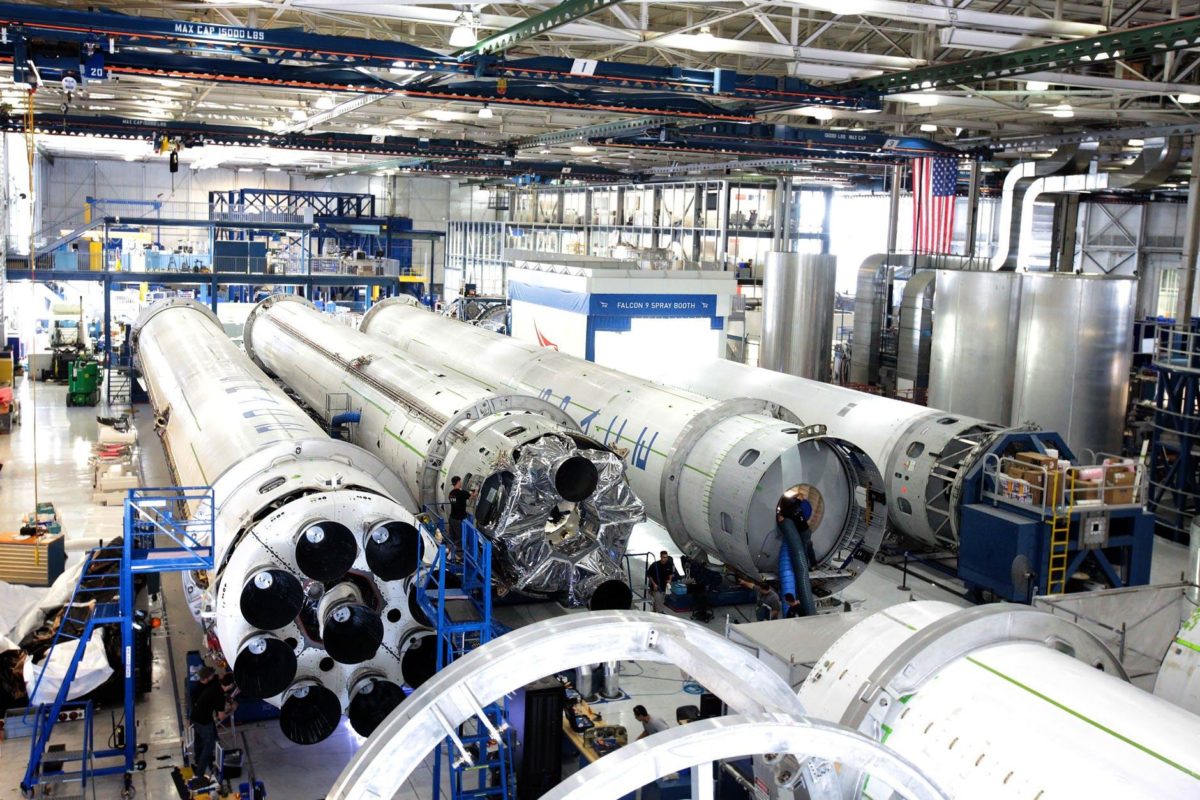Let it be the car’s safety or prevention during heavy loading; Air Lifting Bags have always been valuable to people in diverse ways. If you are working in a commercial sector compassed by loaded equipment or heavy machinery, such bags act as treasures. The works that mainly encompass lifting the heavyweights comprise huge risks & dangers. Airbags are responsible for eliminating such risk of injuries & harms and ensure comprehensive safety every then and now. There are still many facts that everyone needs to know because these airlifting carriers are valuable in preventing serious injuries.
Whether it’s machinery, debris, vehicles, or any other loaded stuff, the challenge comes off to lift them. But, the load is sometimes too heavy to lift by hydraulic jack as the equipment has limited space. Here comes another center of concern which is employee safety. Employees or lifters may get seriously injured due to lifting such excessive quantities. To eliminate such critical yet risky situations, airbags with inflation accessories ease the process with much comfort & prevention. It’s such a dependable solution that it is easy to deploy and efficiently processed. This guide will take you to the accurate usage of this ideal product for your equipment. Here are some steps that one has to follow for using the lifting bags with complete safety.
Connecting The Accessories For Heavy Loads To The Air Lifting Bag:
The airbag kit comprises several accessories like a control box with a joystick, an inflation line for a single airbag, etc. Practically, the kit comes in diverse forms with different accessories depending on the need for the loaded weight or the type of application you are using. You will eventually perceive the accessories in the kit according to your selected product. So, now you have the accurate accessories needed to lift the load carefully and comprehensively. What you first have to do is plug all the accessories altogether with the bag. Primarily, connect the hose coupler to the bottom of the lifting bag. Afterward, you have to connect the different ends of the inflation line from the control box’s top. For completely preparing the connections, join the air supply to the nozzle at the end of the control box.
Place The Pneumatic Lifting Cushion:
Now since you have connected all the necessary accessories to the airlift bags, your device is ready to lift the loads. Now, you don’t have to strain your arms or risk your life as the equipment’s airbag will safely take care of everything. But, here, you need to identify where to place the equipment to lift the load securely. The best solution is never to put the equipment in a place that has a sharp surface. Such a place is prone to warping with pressure. Above all, you can use two lifting cushions to adjust the pressure when gravity’s point is not at the weight center. For listing the loaded parts, place the lifting bags at the sides of them.
Safely Lift The Weight:
The next step compassed safely lifting the loads. To avoid dangers, you first need to back off at least 10 meters from the lifting place. This distance will save you if any load falls from the equipment. By this time, one can even have a general view of how the application lifts the burden. By pressing the green button on the plus button cabinet or opening the valve, the process will begin to lift the load. Above all, install a jack stand if the road is slippery to avoid unwanted harm.
Detach & Remove The Air Lift Bag:
The last but not the least careful step that you have to follow when detaching the air carrier bags is ensuring no objects under the road. You can simply push down the joystick by staying in the safety zone. Next is to disconnect the air supply to deflate the air lifting equipment. At last, when the load is lifted successfully on the ground, safely disconnect the accessories and detach the airlift bag.
The Bottom Line!
We hope you have precisely understood the safe procedure of lifting the heavy load with air lifting bags. With the above details, one can surely adhere to the proper implementation and usage of airbags. It’s high time to ensure your and the employee’s safety by following the above instructions correctly. We are here to meet your standards securely and desirably at Hovair Systems.









![Your Guide To Simplifying Heavy Machinery Transportation [Infographic]](https://www.hovair.com/wp-content/uploads/2018/11/Capture.jpg)





